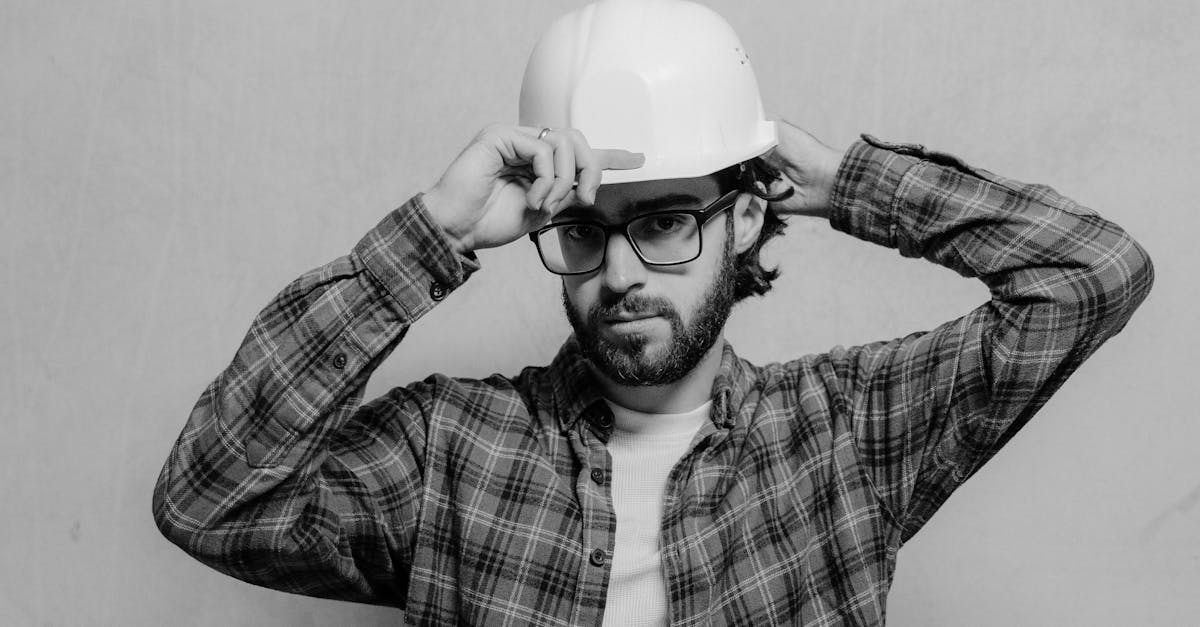
Passive House Construction Techniques: Prefabrication and Modular Construction
Maximizing Energy Efficiency through Modular Construction TechniquesThe Role of Insulation in Passive House Design
Passive house construction techniques have revolutionized the way buildings are designed and built, with a strong focus on maximizing energy efficiency. Modular construction techniques play a crucial role in achieving this goal by streamlining the construction process and ensuring high levels of precision in the assembly of building components. By prefabricating walls, floors, and other elements off-site in a controlled environment, construction teams can minimize waste and reduce the overall energy consumption of a building.
Future of Modular Construction in Sustainable Housing
Modular construction techniques have been gaining traction in the realm of sustainable housing, promising a future where efficiency, quality, and sustainability intersect seamlessly. With advancements in off-site manufacturing processes, the potential for creating eco-friendly homes that meet Passive House standards has never been more feasible. The precision and control offered by prefabrication methods ensure that components are consistently manufactured to the highest standards, resulting in durable structures that require minimal energy consumption for heating and cooling.
The integration of passive solar design and ventilation strategies into modular construction further enhances the energy performance of buildings, reducing reliance on artificial heating and cooling systems. By harnessing natural light and ventilation, homes can achieve optimal comfort levels with minimal energy input. As the demand for sustainable housing solutions continues to rise, the future of modular construction holds great promise in reshaping the way we approach residential building projects, paving the way for a greener and more efficient built environment.
Advancements in OffSite Manufacturing Processes
Advancements in off-site manufacturing processes have revolutionized the way passive houses are constructed, leading to more efficient and sustainable building practices. Through the utilization of cutting-edge technologies and streamlined production methods, prefabricated components are meticulously engineered to exact specifications off-site before being transported and assembled on location. This level of precision not only reduces construction waste but also minimizes the overall carbon footprint of the building process.
Furthermore, off-site manufacturing processes have significantly accelerated construction timelines for passive houses, allowing for quicker project completion without compromising quality. The controlled environment of factory settings ensures that materials are protected from external factors, resulting in components that are not only structurally sound but also of higher quality. As the demand for sustainable housing continues to rise, these advancements in off-site manufacturing play a crucial role in meeting the needs of both the present and future generations.
FAQS
What is passive house construction?
Passive house construction refers to a building technique that focuses on maximizing energy efficiency by reducing the need for artificial heating and cooling through strategic design and high-quality insulation.
How does prefabrication contribute to passive house construction?
Prefabrication in passive house construction involves constructing building components off-site in a controlled environment, allowing for higher precision and quality control, ultimately leading to a more energy-efficient final product.Terms of Use
What are the benefits of modular construction techniques in passive house construction?
Modular construction techniques in passive house construction allow for faster assembly on-site, reduced material wastage, and improved energy efficiency through standardized components designed for optimal performance.
How does passive solar design play a role in passive house construction?
Passive solar design in passive house construction involves utilizing the sun's energy to naturally heat and light the building, reducing the reliance on mechanical heating and lighting systems, thus enhancing energy efficiency.Privacy Policy